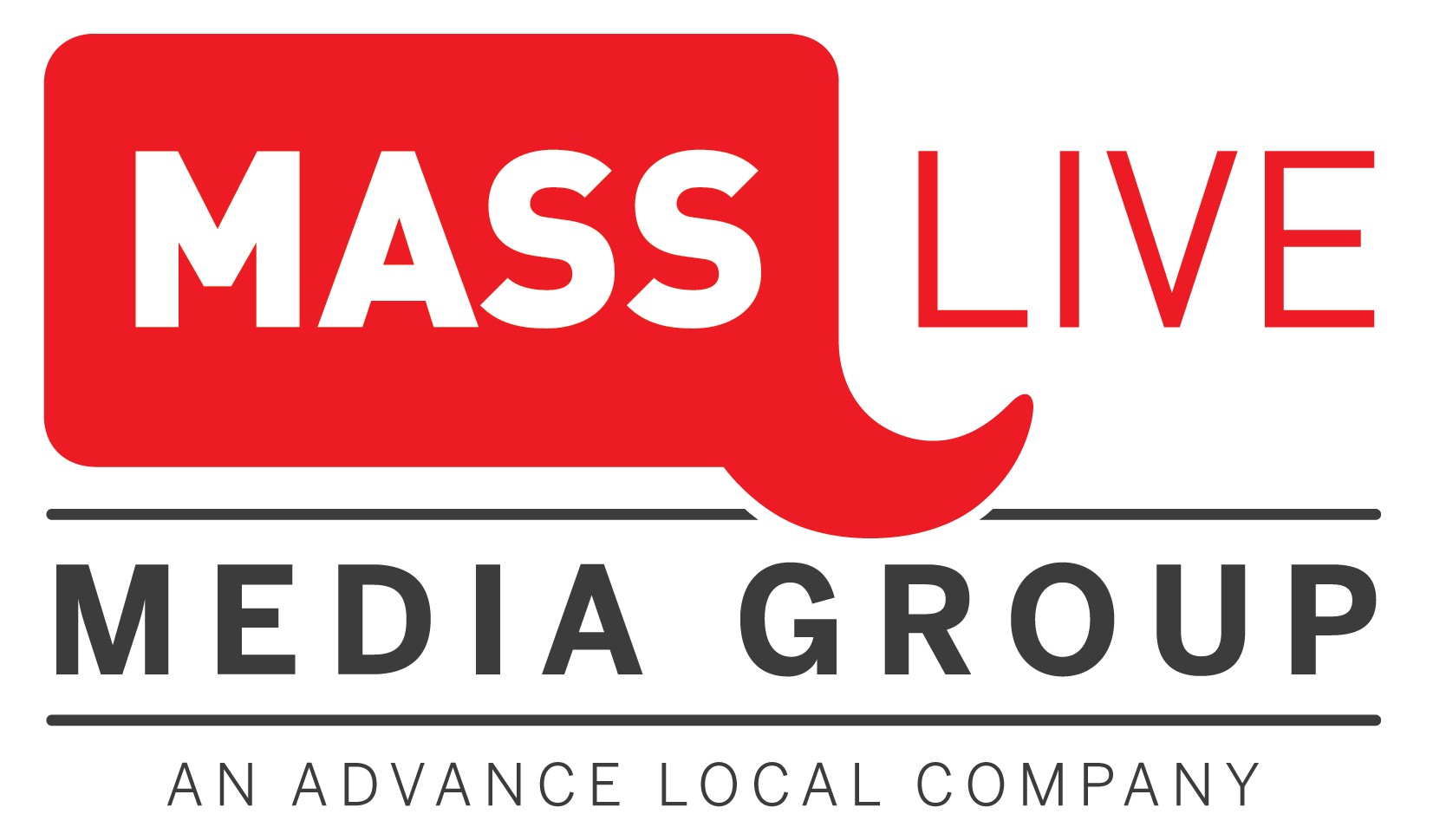7 Higher Education Trends in 2023 That May Change the Future for Good
The early 2020s have upended higher education, as the COVID-19 pandemic forced many institutions to evolve. Schools not only changed how they held classes – but they also adjusted their recruitment tactics, their enrollment processes, and their delivery of student services. Learn more about what’s trending in higher education with these insights from MassLive Media Group.
1. Shifting to Online Learning
COVID-19 forced colleges and universities to make a swift pivot to remote learning in 2020. This shift exposed the need for robust technological infrastructure that many schools were lacking. Now, many higher education institutions have embraced online learning as a valuable option, rather than a contingency plan. As students try to balance work and family responsibilities with school, the demand for flexible online learning is likely to grow.
2. Embracing the Hybrid Campus
Historically, colleges had a clear divide between their online and in-person programs, with different tuition rates, management structures, and faculty. Since 2020, schools have increasingly realized the value of offering hybrid programming, giving students the opportunity for meaningful engagement both on-campus and in digital settings. And beyond the classroom, schools can offer services like career counseling and advising remotely. A report from Deloitte found that 59% of higher education institutions had hybrid services in place outside of the classroom, with an additional 29% moving towards this model.
3. Employing Artificial Intelligence
Artificial intelligence (AI) is a growing trend in education technology. AI-assisted applications can support adaptive learning, helping students understand key concepts in their coursework and making it easier to study for exams. As colleges and universities improve their online offerings and build out hybrid programming, AI technologies can create a more engaging virtual learning environment.
4. Taking Steps to Boost Enrollment
The past several years have seen a drop in enrollment across the United States. Many colleges and universities are looking for creative ways to bring students in, from focusing more on the recruitment of international students to establishing partnerships between community colleges and four-year institutions. Others may seek to hold or reduce tuition rates in the next academic year to make their programs more attractive to prospective students.
5. Offering Micro-Credentials
Traditionally, employers looked at education level as a key factor in their hiring decisions. But today, it may not be enough to simply hold a bachelor’s degree. Hiring managers want to know that applicants have specific qualifications, whether that’s a soft skill like leadership or technical expertise, such as web design. Certificate courses and other credentialing programs can give a clearer picture of a candidate’s abilities. Colleges and universities have an opportunity to reconnect with alumni and bring in nontraditional students by offering micro-credential programs online or in person.
6. Incorporating Virtual Reality Technology
Virtual reality (VR) isn’t new, but it has recently become much more prevalent in education. As VR technology evolves and becomes more affordable, educational institutions can offer experiential learning experiences to a wider range of students. Brookings Institution reports that medical school students can practice surgery in a VR environment, while biology students can simulate interactions with wild animals. These hands-on experiences help students graduate better prepared for the next step in their careers.
7. Establishing Mental Health Supports
Colleges and universities have a major opportunity to combat the stigma around mental health. Recognizing that mental health is a key factor in student success, some schools have reassessed their on-campus health services. Taking a comprehensive approach to health and wellness, schools are incorporating mental health assistance like counseling and support groups into their student services. Even simple offerings of on-campus yoga or meditation classes can help create a healthier campus community.
Stay Ahead of the Curve with MassLive Media Group
At MassLive Media Group, we understand the importance of effective marketing. We work directly with colleges and universities to highlight what makes your institution stand out – and we communicate that value to prospective students. Our marketing capabilities include:
- Audience research
- Paid social marketing
- Video production
- Digital and print advertising
To learn more about how MassLive Media Group helps schools develop recruitment, enrollment, and retention strategies, contact us today.
References
https://www2.deloitte.com/us/en/insights/industry/public-sector/post-pandemic-hybrid-learning.html
https://www.highereddive.com/news/7-higher-education-trends-to-watch-in-2022/616542/



 Ad Choices
Ad Choices